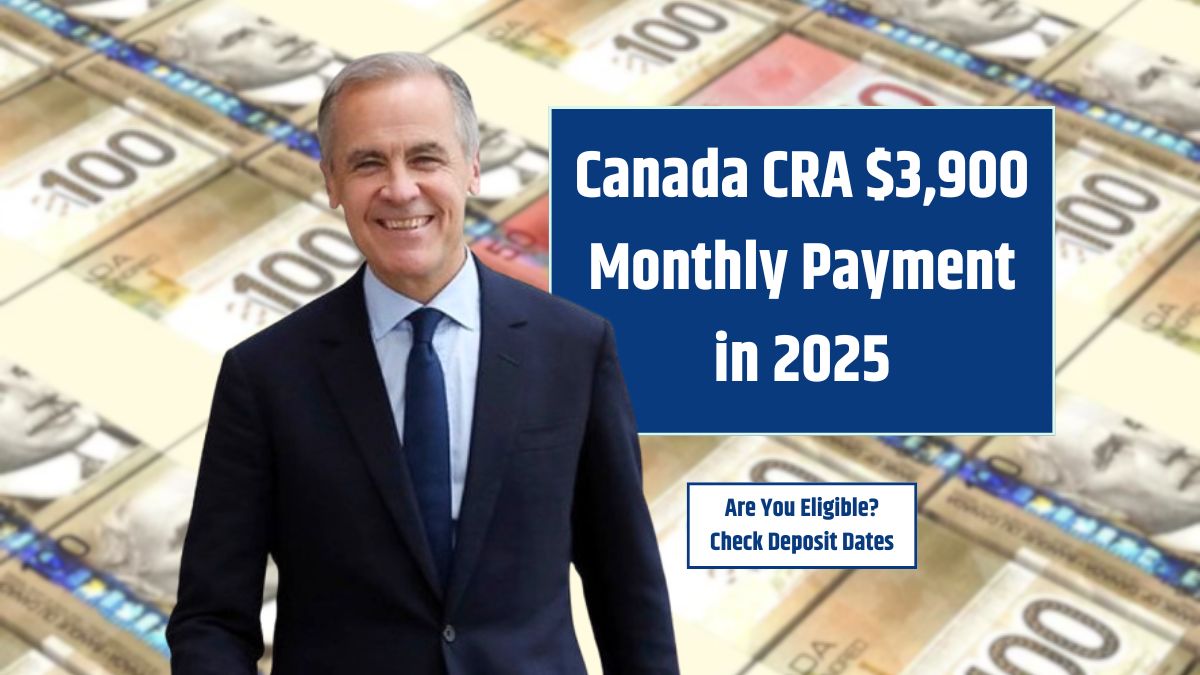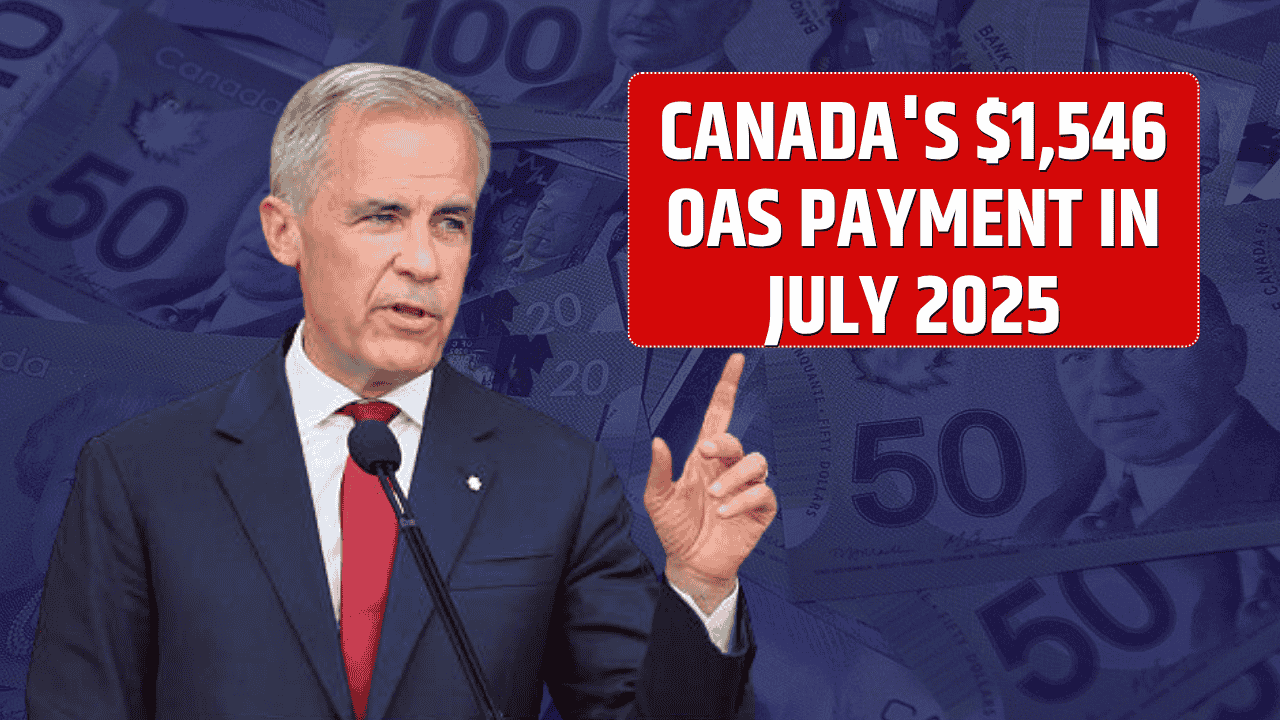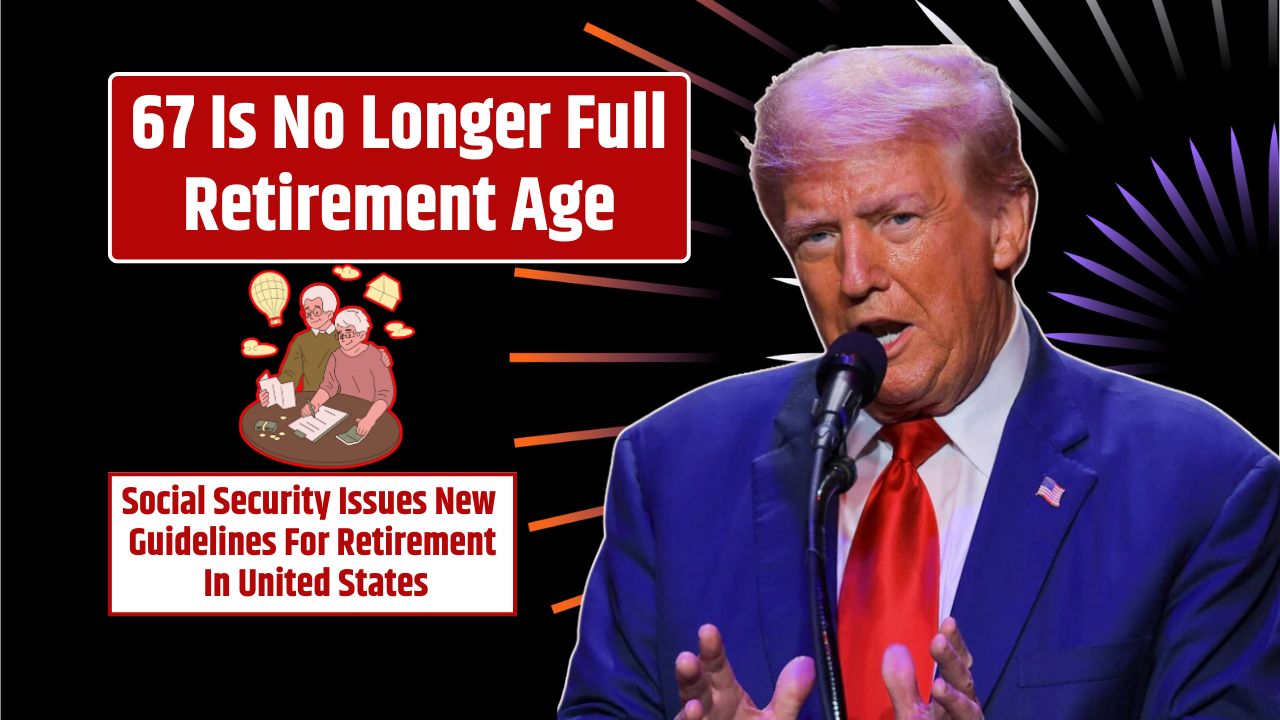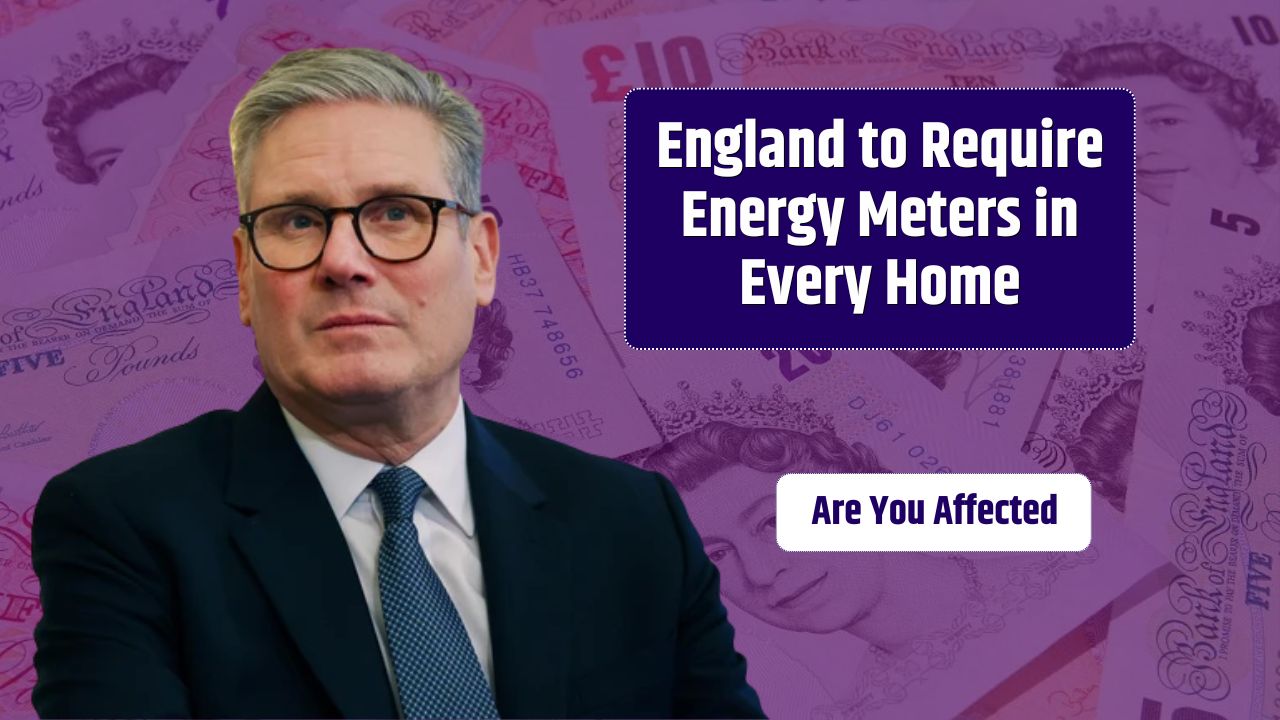Lately, rumors of a $2,200 stimulus payment for Social Security recipients have been flooding the internet. If you’re collecting Social Security—or helping someone who is—it’s easy to get caught up in the headlines and wonder if a payment is really on the way.
Unfortunately, the short answer is no. As of now, there’s no official confirmation, law, or announcement supporting this claim. Let’s unpack what’s going on, what’s true, and how you can avoid falling for misinformation.
Table of Contents
Overview
| Topic | Details |
|---|---|
| Rumored Stimulus Amount | $2,200 |
| Current Status | Not confirmed by any government source |
| Reliable Sources | SSA.gov, IRS.gov |
| Recent Benefit Increase | 8.7% COLA in 2025 |
| Caution | Beware of scams using fake stimulus promises |
$2,200 Stimulus Payment
This rumor claims that all Social Security recipients will get a one-time $2,200 payment to help with inflation and rising living costs. These claims often reference economic challenges or the lingering effects of the pandemic.
But here’s the truth: there is no bill in Congress, no executive order, and no official statement from the Social Security Administration or IRS to support this claim. It’s just a rumor—nothing more.
Real Financial Help
Yes, but it’s not a stimulus check. In 2025, Social Security recipients received an 8.7% boost in their monthly payments through the annual Cost-of-Living Adjustment (COLA). This was due to high inflation during the previous year.
Here’s how that increase looks:
| Year | Average Monthly Benefit | COLA Increase |
|---|---|---|
| 2024 | $1,827 | — |
| 2025 | $1,961 | +8.7% |
So while there’s no $2,200 lump sum coming, recipients did see a meaningful increase in their regular benefits.
Why These Rumors Spread So Fast
Scams and misinformation travel quickly, especially when money is involved. Here’s why people fall for these stories:
- It sounds good: Who wouldn’t want an extra $2,200?
- It seems official: Scammers often use language and logos that look like government sources.
- People are financially stressed: That makes them more likely to believe something too good to be true.
These rumors often come with links to fake websites or requests for personal information—so always be cautious.
How to Stay Safe and Informed
If you’re on Social Security or assisting someone who is, here’s how to stay protected:
1. Check the Right Sources
Only trust announcements from:
They’ll publish any official news about payments, COLA increases, or relief programs.
2. Beware of Scams
Don’t respond to emails, calls, or texts that:
- Promise stimulus money
- Ask for your Social Security number or bank info
- Request a payment in exchange for “releasing” a benefit
The government does not work that way, and no payment should ever require you to give personal information by phone or text.
3. Use the My Social Security Portal
Log in to your My Social Security account to check your payment history, future benefit estimates, and COLA updates.
4. Reach Out to Trusted Groups
If you’re unsure about something you’ve heard or seen online, contact organizations like:
These groups often release scam alerts and updates specifically for seniors and Social Security recipients.
The idea of a $2,200 stimulus check for Social Security recipients is nothing more than a rumor. There is no confirmed payment, no pending legislation, and no official support for this claim.
What you can count on is the 2025 COLA increase and updates from trusted sources. Be cautious, stay informed, and avoid giving out any personal information in response to these false claims.
FAQs
Is the $2,200 Social Security stimulus real?
No, there is no official confirmation of this payment.
Where can I check for updates?
Visit SSA.gov and IRS.gov for accurate information.
Did Social Security increase in 2025?
Yes, there was an 8.7% COLA increase in 2025.
How do I avoid stimulus scams?
Ignore messages asking for personal info or payments.
Can I trust social media stimulus posts?
Not always. Verify through official government websites.


























